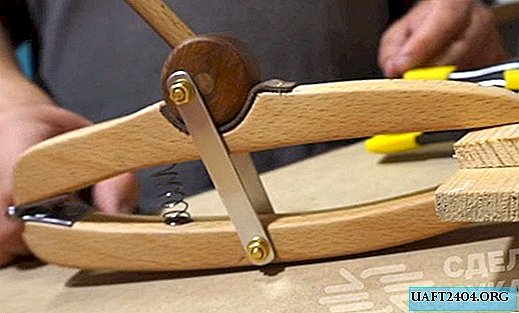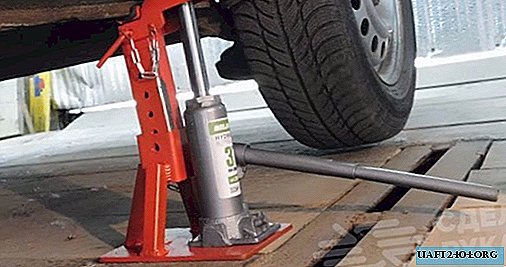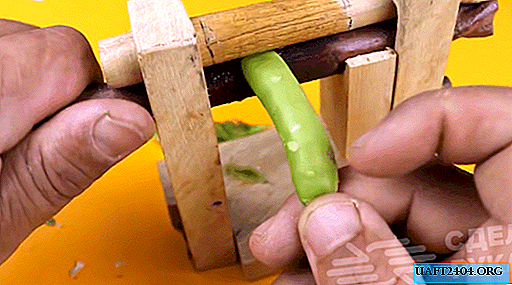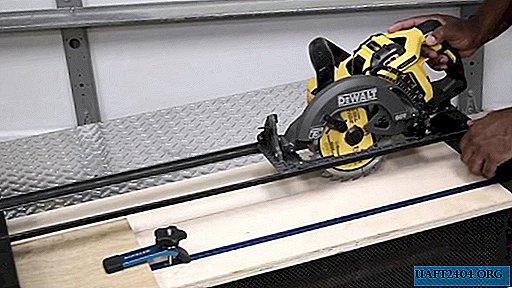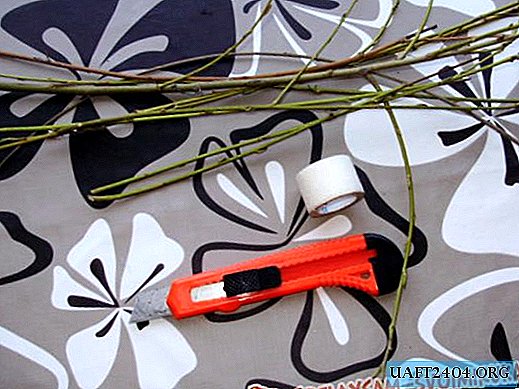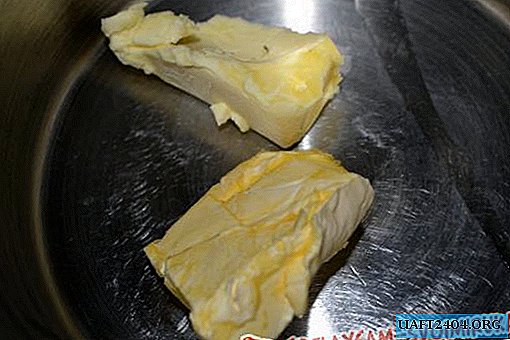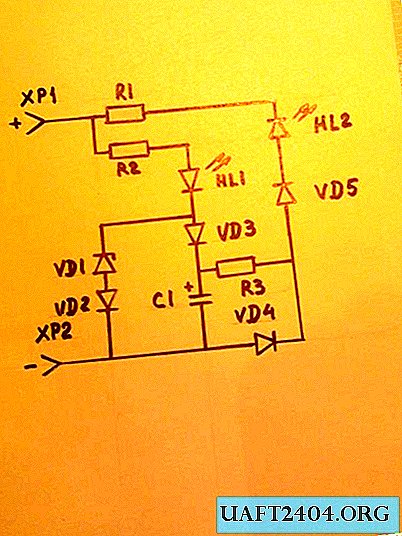Share
Pin
Tweet
Send
Share
Send
Training
It all starts with preparation. The base must be cleaned of the old coating and thoroughly treated with a primer. Humidification is carried out either with a paint brush or with a roller. When dried, the liquid will create a strong film on the surface, which will contribute to better adhesion of materials.
Kneading solution
Then the tile glue is kneaded. In appearance, it is more like a cement-sand mortar, but at the same time it contains various additives in its composition. It is advisable to stir the glue with a special mixer or a perforator with a nozzle.
Laying tiles
Laying tiles usually begin with a well-visible area, then gradually move into the repaired premises. Thus, all trimmed tiles will later be closed with a bathtub, sink or washing machine.
Each product is smeared with glue from the back and, turning around, is pressed to the floor. The correct installation of the tile is checked by the bubble level. If there are any deviations, the material is carefully lined with a special rubber mallet for tiles.
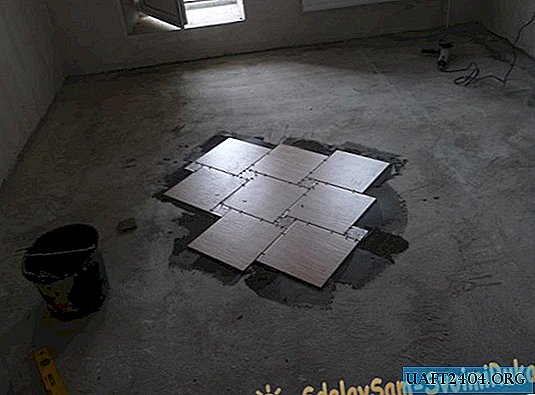
Between adjacent tiles, plastic crosses are mounted. They set the same type of gaps, which at the final stage of repair are filled with grout mixture. The optimal slit width is 1.5-2 millimeters.



Tile cutting is carried out with two tools. Tile cutter allows you to get smooth tile stripes of the desired size. The grinder is used when cutting holes for pipes, as well as for grinding tiles.
After the tile is fully laid out, wait for the partial setting of the mortar and proceed to the trowel work. Dilute the mixture in a small container. Fill it with decorative gaps between the tiles using a rubber spatula. At the very end, wipe the entire surface with a damp sponge and then with a dry rag.

Share
Pin
Tweet
Send
Share
Send

